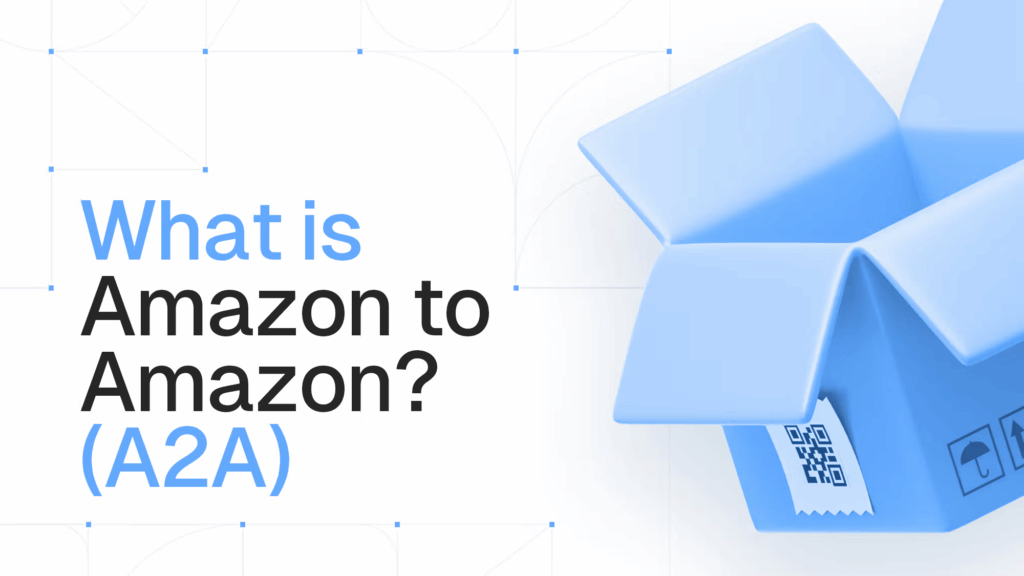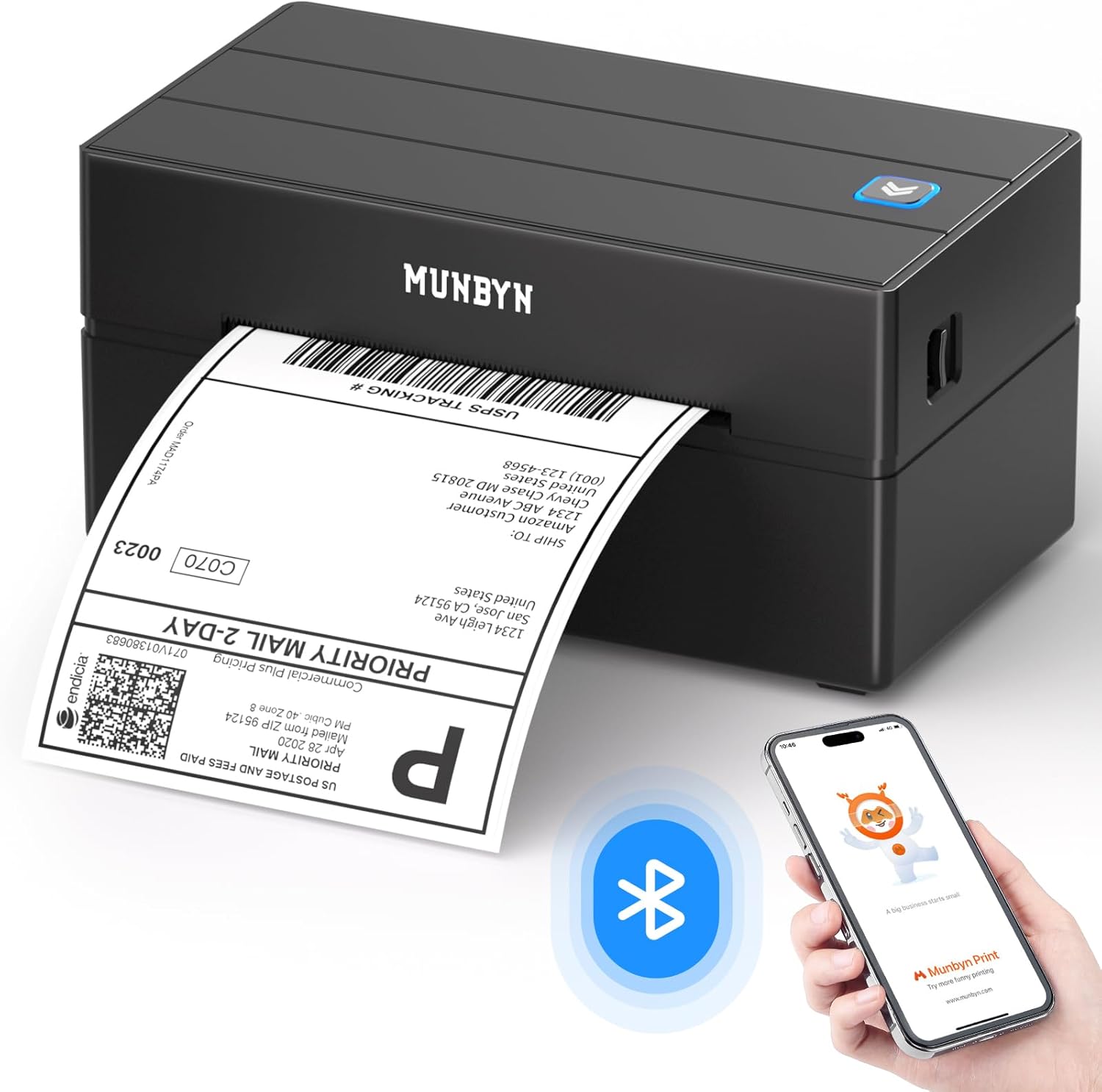Amazon 2 Amazon – A staple sourcing method
Welcome back to another blog post! We’re moving on slightly from the Online Arbitrage series and stepping into a more general sourcing series, which I’ve coined “Sourcing Secrets”. In part 1 , we’re going to dive deep into Amazon 2 Amazon (A2A) UK sourcing. A2A sourcing is a method in which you buy products directly from Amazon (either Amazon itself or third-party sellers) at a discounted price, and then resell them back on Amazon at a profit.
It’s a fantastic way of topping up your other sourcing methods, and at certain times of year, such as Prime Days, Prime Weeks, and other special events, it can even become your main sourcing method.
There are different styles of A2A sourcing (which we’ll cover over the next few blogs), but for this post, we’re keeping it simple by focusing on standard A2A UK sourcing.

How Does It Work?
Amazon 2 Amazon sourcing works when a retailer, a third-party seller or Amazon itself drops the price of an item from its standard RRP to a discounted price. As you can see from the graph below, the price has dropped significantly around April 11th, and buyers would have then cleared the stock at this price, then the price went back to its original price..

These types of deals can occur due to promotions, overstock clearances, Amazon price matching with retailers, or simply Amazon offering a deal.
Your job is to spot the drop, buy the item at the right time, and resell at a profit.
Ways of Sourcing Amazon to Amazon Deals
1. Using a Discord Group
You can join Amazon-to-Amazon sourcing groups that track price drops and ping you with alerts through Discord. I can personally recommend Profit Sweep, and it’s been brilliant for finding some of my best deals!
The advantage of using a Discord server is that you don’t have to source the deals manually; you can just set up your Discord notifications and wait for the pings.
You can join ProfitSweep here with a 50% discount on the first month using the discount code FBAMOGUL
2. Keepa Price Drop Page
Another method to spot A2A deals is to use the Keepa price drop page. This page shows live price drops happening across all Amazon marketplaces. You can set up an auto-refresh Google extension on your browser to constantly reload the page so you don’t miss any new deals. It’s a great tool to have open on a second screen while you’re sourcing or working.
3. Setting Up Keepa Alerts
When you’re manually sourcing and notice a product has dropped to a profitable price before, you can set up product Keepa Alerts.
- Go to the product page,
- Click “Track Product”,
- Sync your alerts to Telegram or email by clicking “Start Tracking”.
Whenever the price drops again, you’ll be notified instantly.

Amazon to Amazon Hacks
Here are some key A2A hacks that will make a big difference:
Buy First, Analyse After: When you get a ping for a deal, buy the product immediately, then do your full analysis after. If it doesn’t meet your criteria, you can always cancel the order – Speed is everything!
Watch for Recovery: Prices don’t always recover straight away. After buying, check again 4–6 hours later, if the price is still low and stock hasn’t cleared, you may want to cancel or prepare for a longer hold.
Aim for fast-selling items: This is your insurance when prices tank, stock will be burnt through quickly, and therefore the price will recover quickly
Look at price history – Ensure that you are not buying the product at an inflated price, make sure that the drop is a true drop from RRP, not returning to its original price. Ensure that the 30, 90, 180-day and maybe the 365-day price is consistent!
Use an Amazon Business Account – You can use a standard Amazon account, but an Amazon Business Account gives you serious advantages:
- Better prices on many items,
- Higher quantity limits,
- Easier VAT invoicing for accountancy,
- Access to business only deals.
I’ll cover more about Amazon Business Accounts in the next blog post.

Pros and Cons of Amazon to Amazon
Pros:
✅ Top-Tier Deals: Some of my best products have come from Amazon 2 Amazon sourcing. Margins, sales per month, and product quality are usually very strong.
✅ Clean Invoicing: Seamless invoicing makes your admin easy and helps with any seller performance issues.
✅ Easy Returns: If there’s a problem with stock, you’re covered.
✅ Effortless Sourcing: With a good group (like Profit Sweep) or systems in place, deals come to you.
Cons:
❌ Risk of Poor Analysis: If you get your analysis wrong and the price doesn’t recover, you could get stuck holding stock or selling as a loss.
❌ Account Limits: Some Amazon accounts have low quantity purchase limits, which can restrict how many units you can buy.
❌ Competition: Discord groups can be large. If a lot of people get the same ping, prices can brick fast.
❌ Potential Holding: Sometimes you’ll have to hold products longer if the price doesn’t recover quickly.
My Personal Method
Here’s my simple 4-step method:
- Receive the Ping : Get notified about a price drop.
- Buy the Product: Act immediately before stock runs out.
- Analyse After Purchase : Check Keepa charts, sales history, and competition.
- Review 4–6 Hours Later: If the price has recovered—happy days.
If not, decide whether to cancel or hold based on deeper analysis.

Final Thoughts
Amazon to Amazon sourcing makes up about 40–50% of my sourcing. I absolutely love it, it’s a banging sourcing method! Honestly, I’ve had fewer problems with Amazon to Amazon sourcing compared to traditional online arbitrage. If you’re serious about sourcing for Amazon, you NEED to be incorporating A2A into your strategy.
In the next two blog posts, I’ll explain other types of Amazon to Amazon sourcing methods you can use to take it even further.
Thanks for reading, and see you in the next one!




